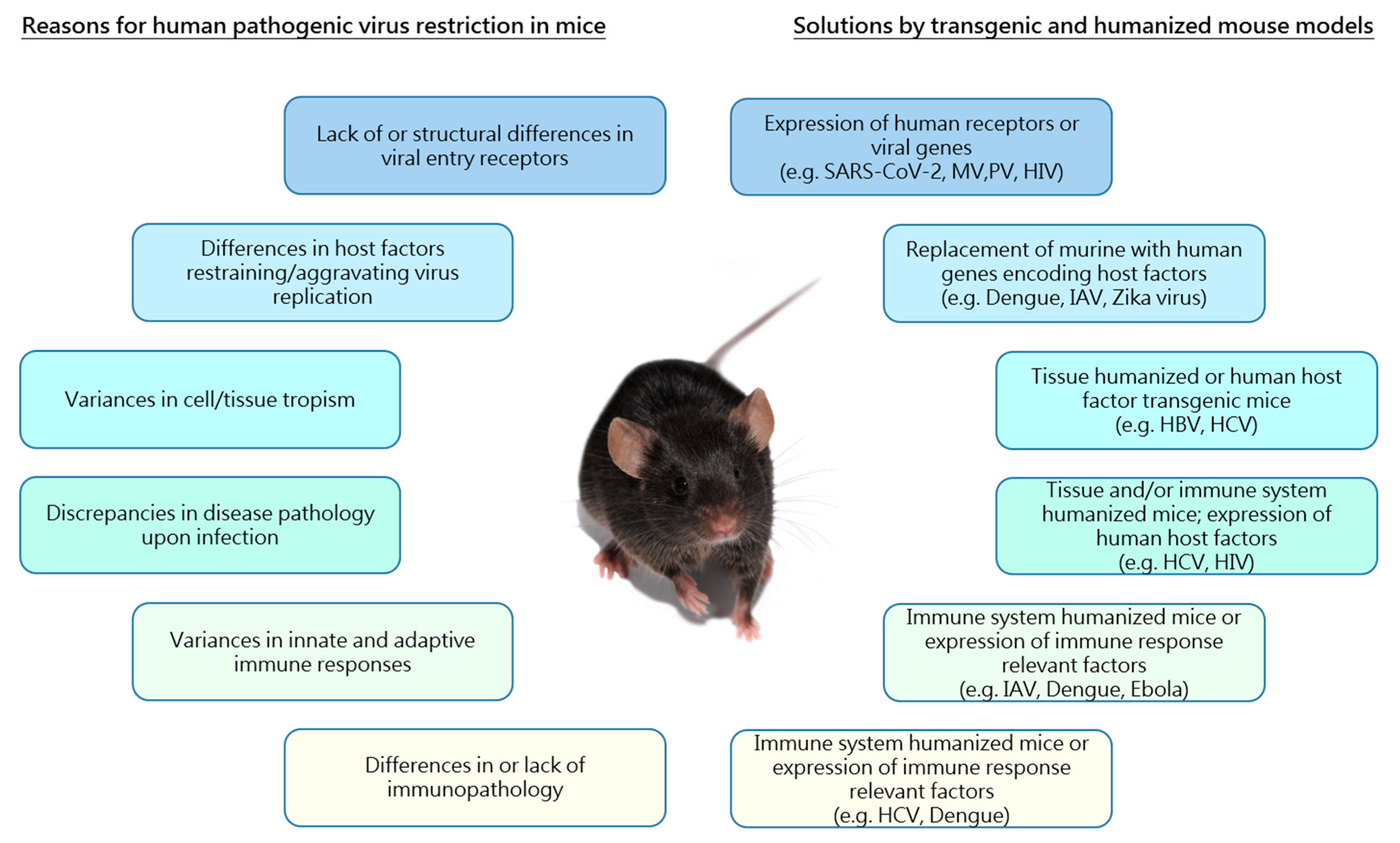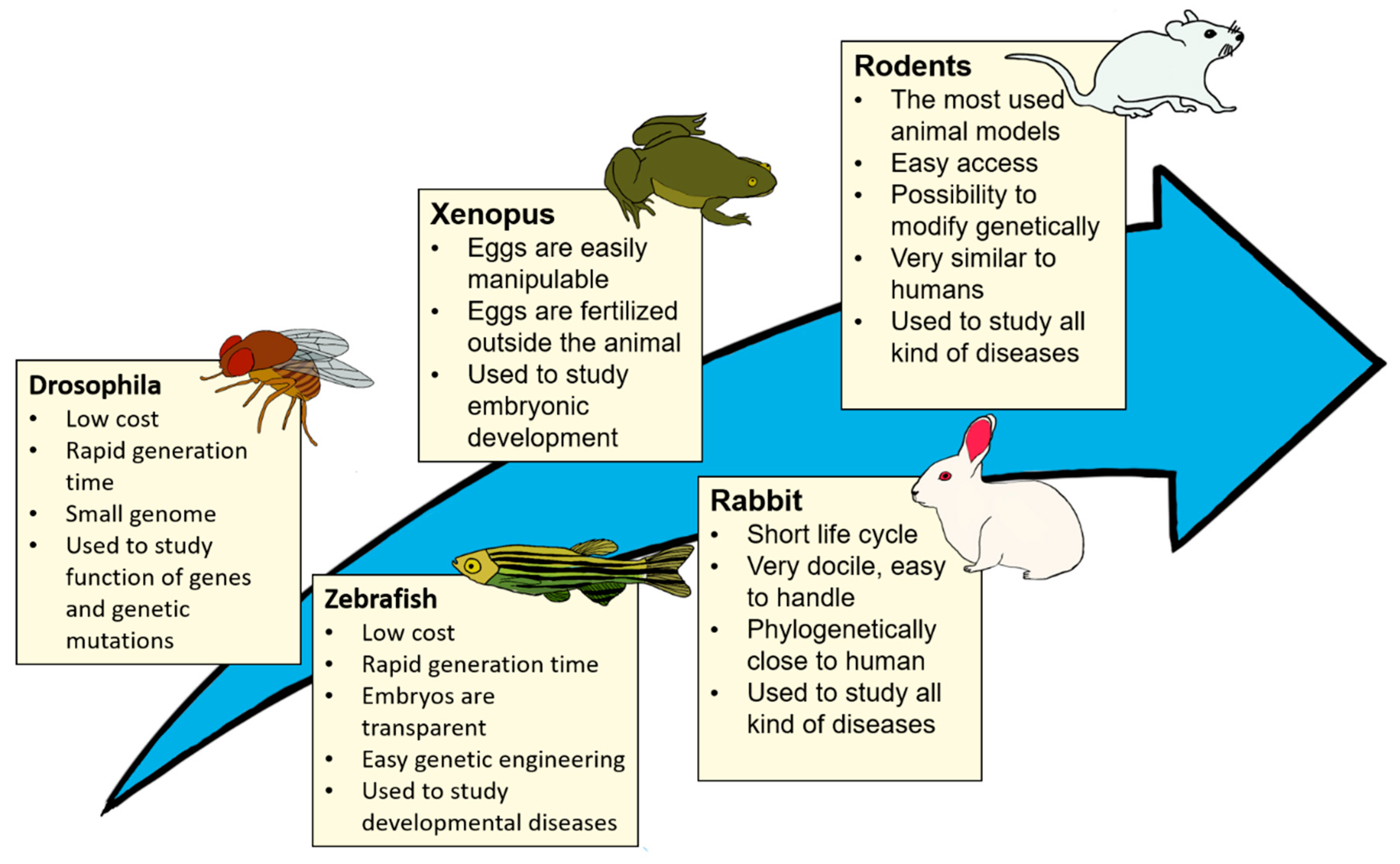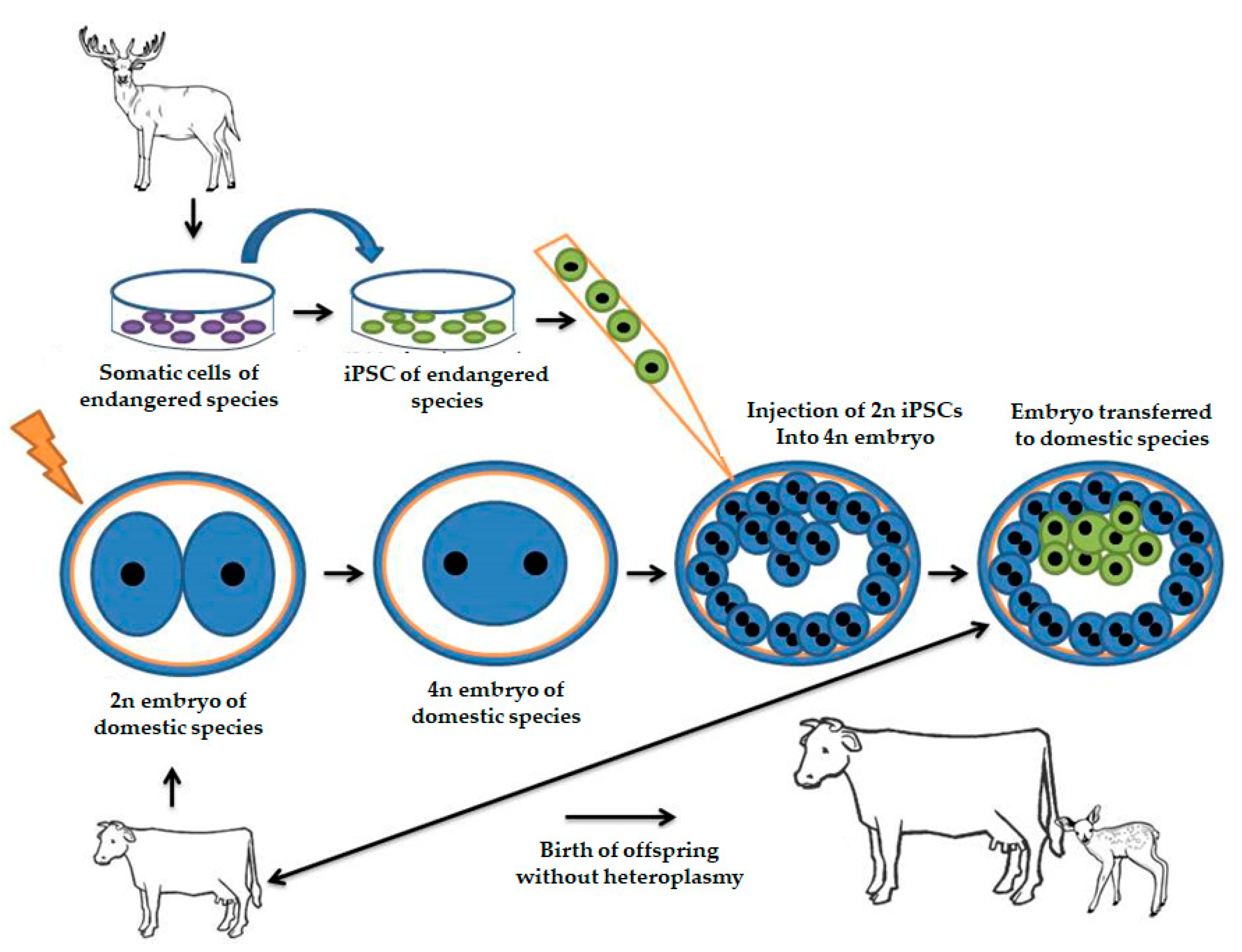Transgenic Animals Notes Pdf

Transgenic mice are developed by injecting DNA into the oocytes or 1-2 celled embryos taken from female mice.
Transgenic animals notes pdf. The mouse is the most utilized organism for research in neurodegenerative diseases. Advantages of Transgenic Animals. Theoretically all living beings can be genetically manipulated.
Transgenic animals development Since the discovery of the molecular structure of DNA by Watson and Crick in 1953 molecular biology. View Notes - 7-Transgenic-Animalspdf from BTCH 20002 at University of Melbourne. Transgenesis is the process by which mixing up of genes takes place.
Retroviral contamination of the transgenic animal Transgenesis in Mice Retroviral Vector. Such animals are most commonly created by the micro-injection of DNA into the pronuclei of a fertilized egg which is subsequently implanted into the oviduct of a pseudopregnant surrogate mother. 1 ANZCCART workshops on The welfare of transgenic animals.
Transgenic animals notes pdf. Then common misconceptions will be addressed and the ethics of transgenic animal creation will be discussed. Transgenic Animals Introduction Transgenic animals are animals most commonly mice that have had a foreign gene deliberately inserted into their genome.
Abstract Transgenic animals are extensively used to study in vivo gene function as well as to model human diseases. Discuss the advantages and disadvantages of the use of biotechnology in animal agriculture. The transgenic animals are created because of the benefits they provide to the man.
Foreign genes are inserted into the germ line of the animal so it can be transmitted to the progeny. In addition to the gene itself the DNA usually includes other sequences to enable it to be incorporated into the DNA of the host and to be expressed correctly by the cells of the host. Scope of the note for guidance 4.

















